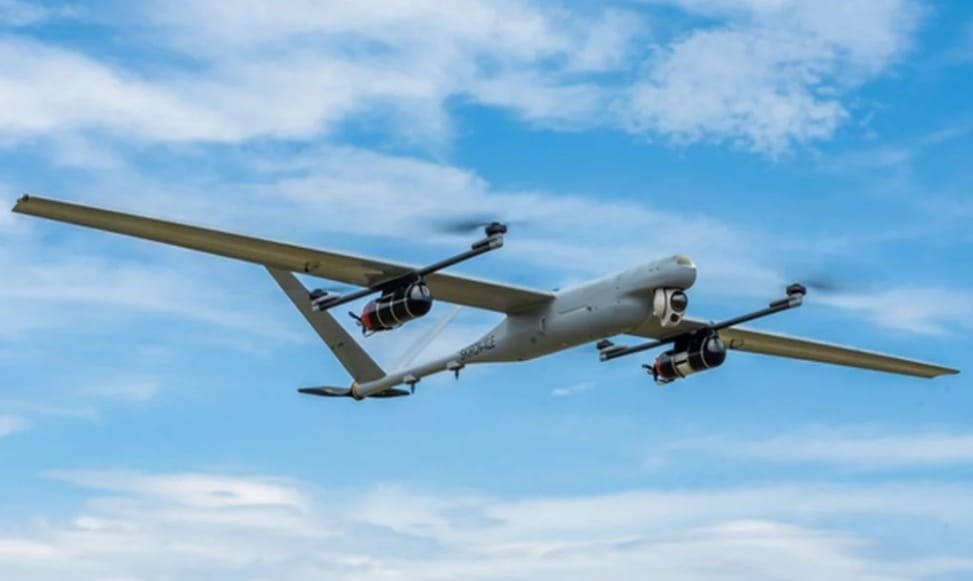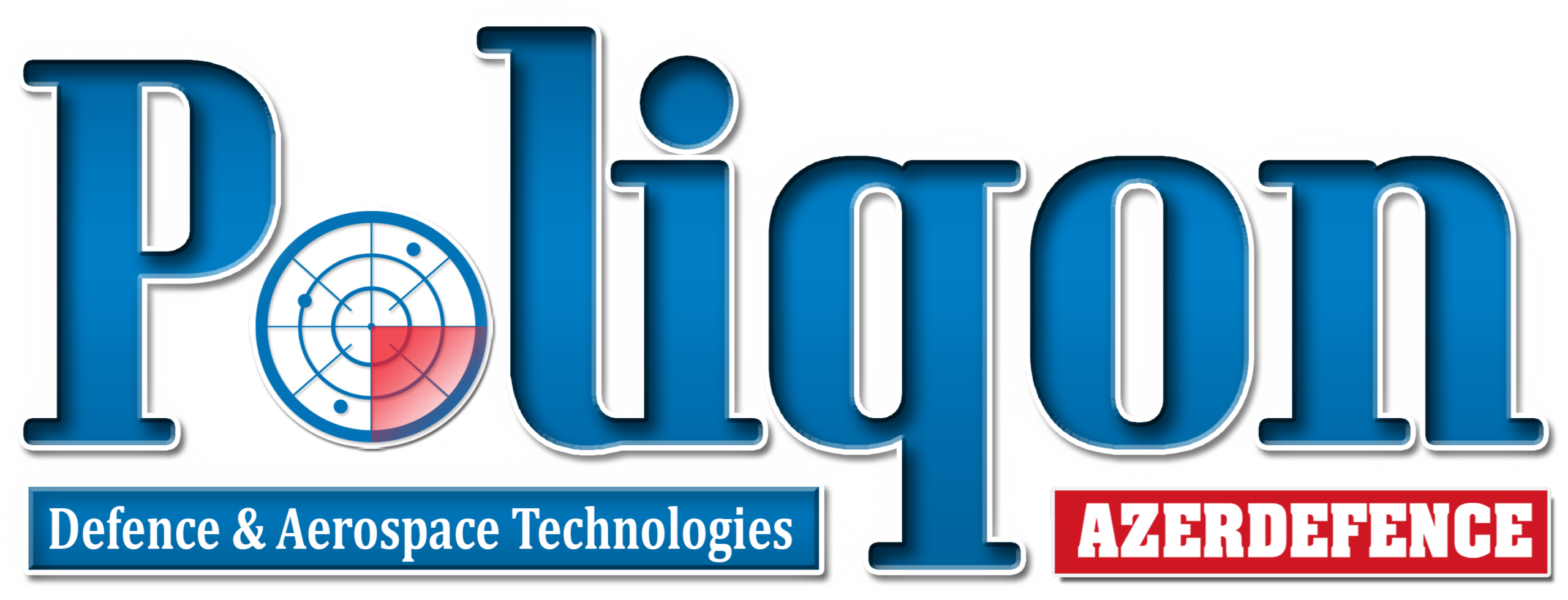
Boeing Completes 7-Hour Flight with Hydrogen-Powered SKIRON-XLE Drone
On August 28, 2024, Aurora Flight Sciences, a Boeing company, announced that it had completed a seven-hour test flight with the SKIRON-XLE, a small drone powered by a hydrogen fuel cell. The test took place at an airfield in Virginia, marking a progression in flight endurance for Group 2 drones.
The SKIRON-XLE is part of the company’s unmanned aerial system (UAS) lineup, which also includes the battery-powered SKIRON-X model with a 3.5-hour flight endurance. The SKIRON-XLE features electric vertical takeoff and landing capabilities combined with fixed-wing horizontal flight. It meets FAA Part 107 standards for UAS operations and is ready for beyond visual line of sight (BVLOS) flight.
For this flight, the drone was equipped with two five-liter hydrogen tanks, an Intelligent Energy brand fuel cell, a Trillium HD45 EO/IR camera, and a lithium polymer (LiPo) auxiliary battery. The total takeoff weight was 54 pounds. The drone landed after seven hours of flight, having depleted all of its hydrogen tanks while still maintaining a sufficient safety margin in its battery.
Jason Grzywna, Senior Director of Products at Aurora Flight Sciences, stated that the SKIRON-XLE achieves longer flight durations while remaining easy to use and deploy. He added that the drone exemplifies Aurora’s role as an innovator and integrator of advanced flight technologies.
The SKIRON-XLE, specifically designed for long-range reconnaissance, was first announced in June 2024. It features three payload mounting locations and offers custom payload integration. The ground control station for the drone is equipped with Kutta Technologies’ Unified Ground Control Station (UGCS) software, and a 2.4G 10W radio with a tracking antenna that enables a command and control range of up to 75 km.
The SKIRON-X drone combines hybrid VTOL and fixed-wing capabilities, facilitating vertical take-offs and landings while extending range and endurance due to its fixed-wing design. It is designed for simplified operations with user-friendly mission planning software that enables easy implementation of mission changes, even mid-flight. This drone is operated by a two-person crew and features a quick setup process. Its flexible ISR payload offers superior ground resolution with options for EO/IR camera payloads, and a modular nosecone design for rapid payload swaps or custom integration. The system boasts military-grade radio for long-range, high-bandwidth communications and is mesh network compatible, enhancing its versatility in various operational scenarios. Additionally, the SKIRON-X is Part 107 compliant, allowing for broader operational and training flexibility and includes anti-collision lights to enhance safety.
The SKIRON-X is adept in a variety of use cases: It excels in ISR missions, providing high-resolution imagery and maintaining a low noise profile, essential for covert operations. It is also suitable for research and development, particularly in testing autonomous technologies and multi-vehicle unpiloted operations, with customizable options for integrating various R&D payloads. In firefighting, it can significantly aid in assessing the state and spread of fires, optimizing firefighting strategies and resource allocation. For operations requiring extended communication capabilities, such as BVLOS missions or acting as a communications relay, SKIRON-X supports extended flight times and communication ranges necessary for operating over challenging terrains or in emergency scenarios.


